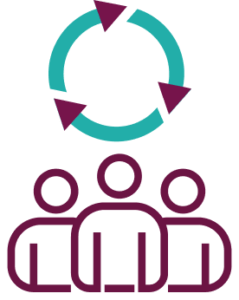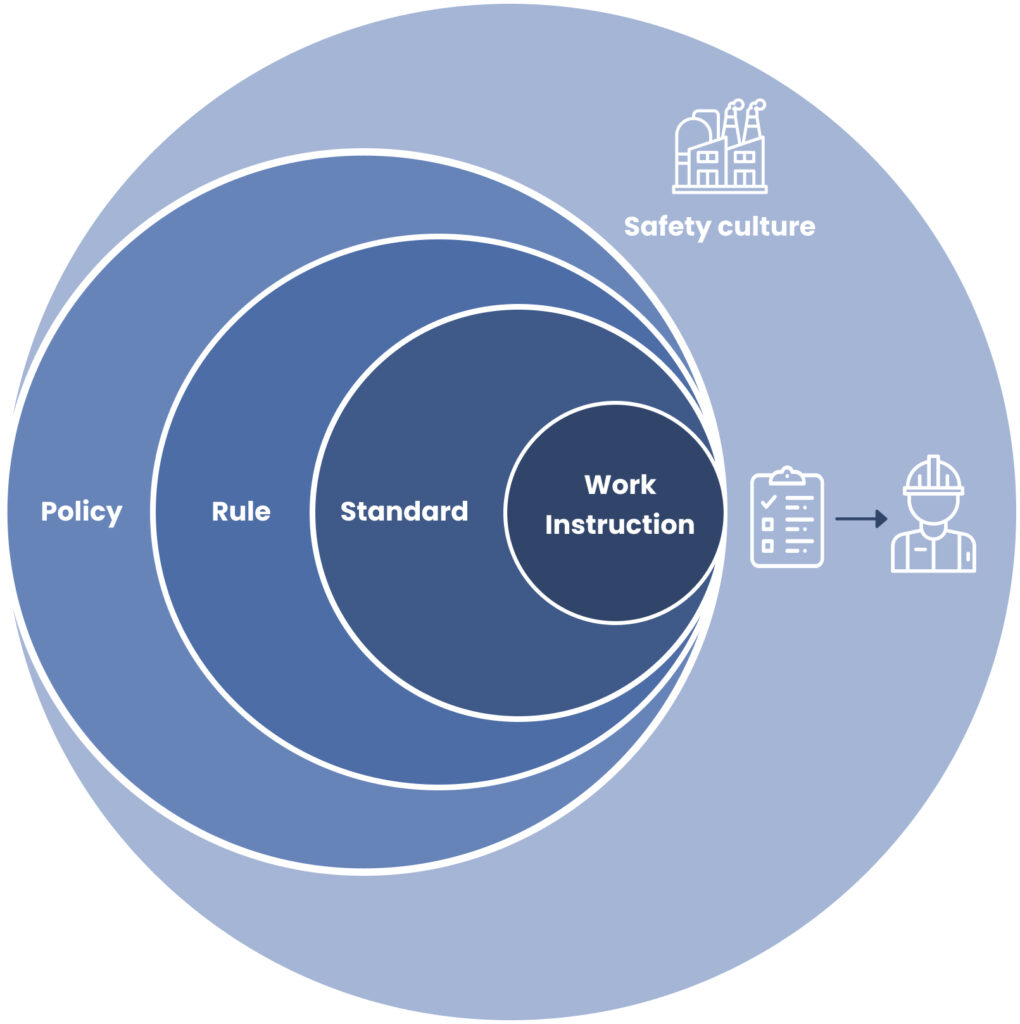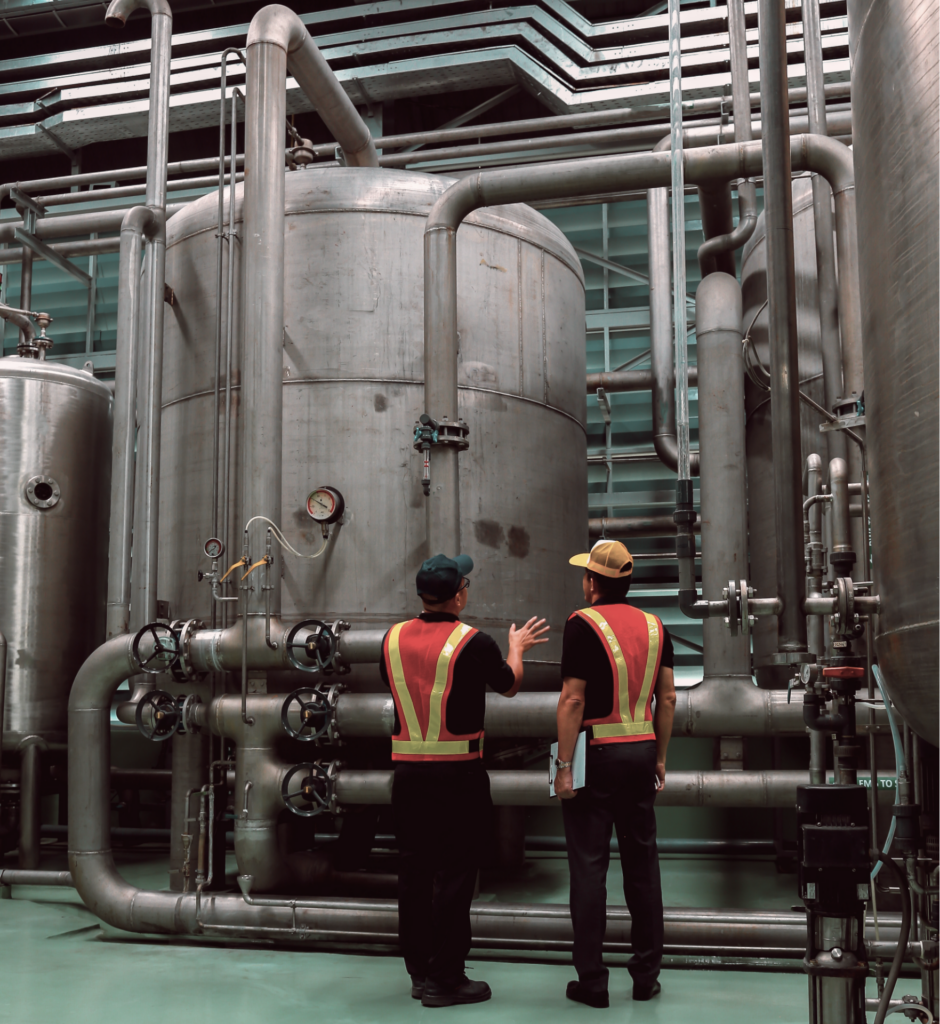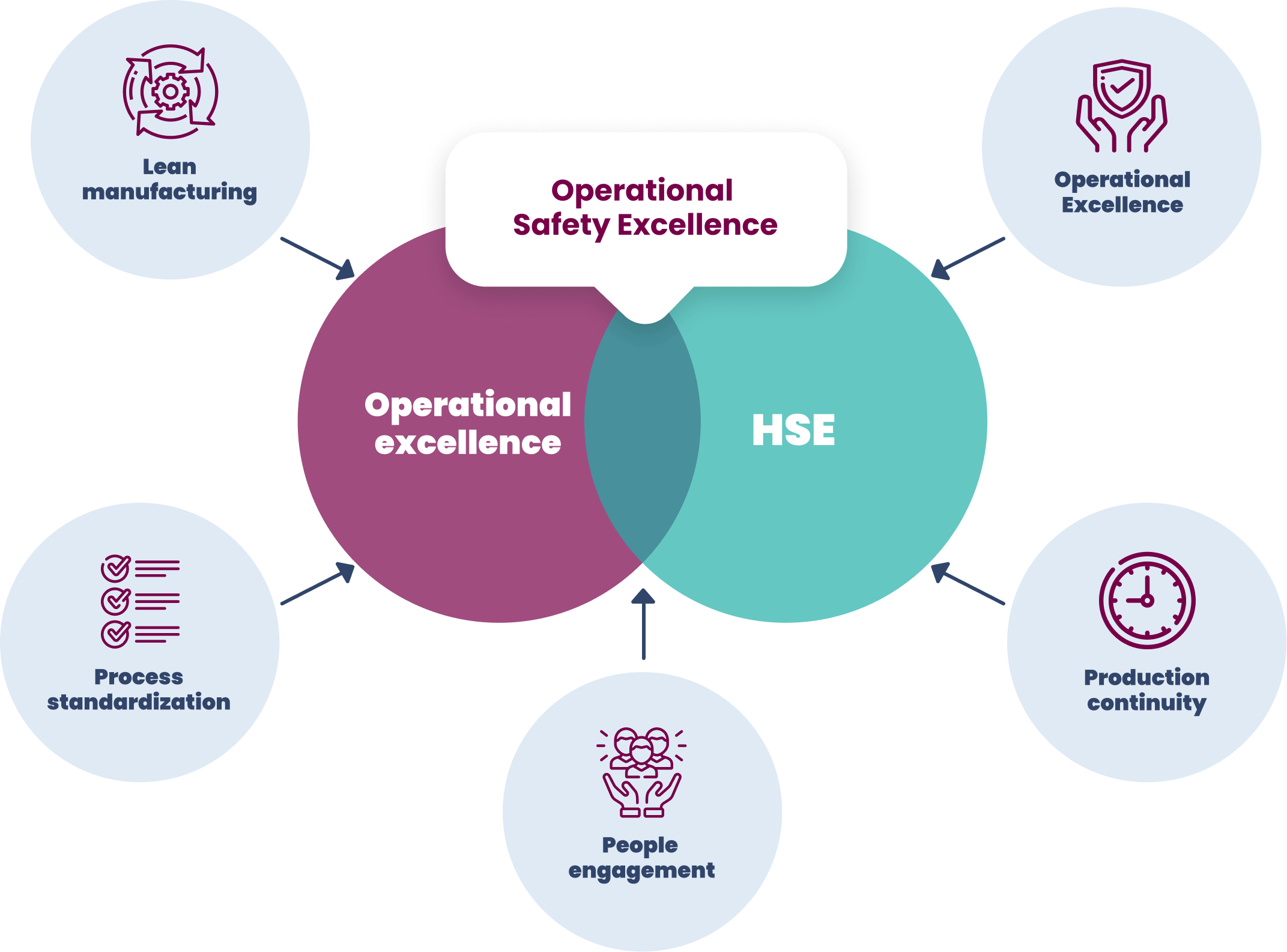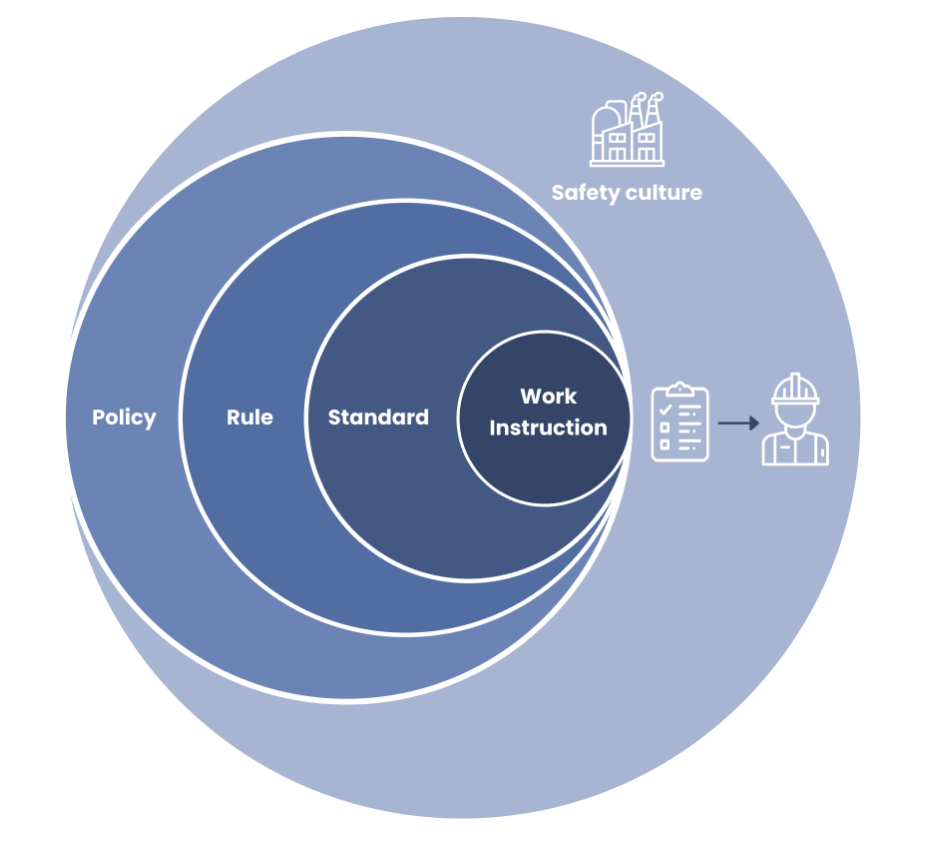Compliance: How to pursue people to adhere to what is agreed?
Safety agreements come in various forms: from legal and internal regulations to production process descriptions, customer contracts, workers carrying out their work as instructed, employers providing their employees with adequate guidance and protection, and maintaining a suitable maintenance program for heavy machinery.
Teams closely monitor agreements by internal and external auditing to remain compliant. However, the desirable level of Compliance is achieved when everyone follows safety standards without direct supervision.
In this article, we will discuss how to engage people at plants to maximize Compliance with rules and regulations for a safer and more effective production environment.
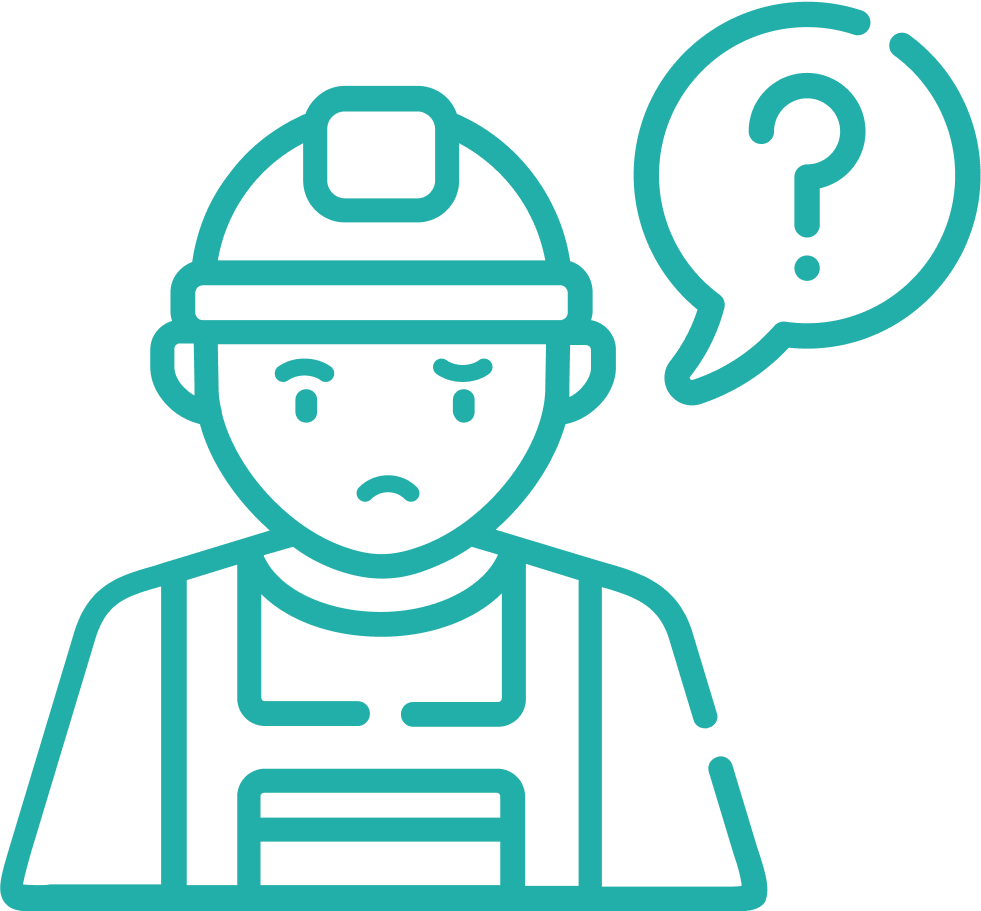
Why it is so hard to be compliant
Safety-minded professionals are aware of how crucial Compliance checks are. Yet, when you start talking with safety experts about their approach to safety audits, you will immediately capture boredom in their eyes. Nobody finds this topic interesting or inspiring.
From one perspective, that is explained by the fact that compliance checks execution often overloads operations and day-to-day activities. It requires continuous effort and tracking to understand and overview the production surrounding and identify deviations clearly.
Furthermore, the high level of responsibility associated with the performance of a Compliant process creates extra tension on the shop floor.
So Compliance checks are often a painful part of Safety professionals’ jobs.
Compliance is more than following rules
However, the Operational Safety Excellence domain considers Compliance an opportunity to investigate processes for creating potential improvement opportunities and engaging the team on Safety topics.
To ensure this happens, we need two essential ingredients:
1. There is a joined vision on Compliance, driving everyone’s behavior
2. There is a safety management system that dictates the Compliance
While working on achieving the maximally possible level of Compliance, the team usually eliminates hurdles that prevent from following the rules and thus removes non-value-adding activities, getting a better leaner flow in return as a side effect.
Let’s overview these ingredients in detail below.
Ensuring joined vision on Compliance

Now let’s look together at how management can ensure the fundamental conditions of excellent Compliance in Safety at the plant.
Compliance gets achieved when internally motivated.
To ensure this:
• Promote the reasons behind rules, not the rules themselves.
• Involve all operators and managers who are engaged and running the process. Listen to their concerns and pain points.
• Spark a discussion by asking how the rules relate to everyone’s personal working conditions. Take this as a starting point to find common ground.
• Show everyone specific needs have been taken into account in the best way possible to avoid the resistance.
Thus you empower all team members to influence their daily working circumstances and gain the necessary level of internal motivation.

Compliance is more about understanding why the rule is essential than learning the rule itself.
Frequent control to check things are done accordingly causes a waste of time and resources, while a passive attitude awaiting orders makes decision-making and corrective actions even slower.
To ensure people proactively take responsibility for their job area compliance:
• Identify the shared values of the team to help you in this process.
• Don’t impose a set of rules without clearly outlining their value.
• Change your team mindset toward Compliance outcome.
• Responsibilize people for their area of action and equip them to make decisions rather than waiting for direction from above.

Compliance requires a shared effort amongst all parties involved.
«I saw Production Operators get more involved, actively ask: “Wait, is this correct? Is this on the right point? Is it properly locked out? Let’s try and make sure”. I think it’s been a big improvement». This quote from a Production Supervisor at the one of the industry leaders describes the best mindset you want to achieve in the team.
How do you make it happen:
• Get everyone in the discussion on how to achieve Compliance together, agree on principles and values
• Invest time in writing clear rules, and co-design them with the team to share the ownership
• Ensure there are no obstacles to implementing the rules and the appropriate equipment is available if required.
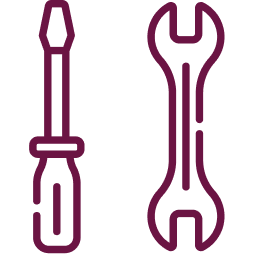
Small practicalities
There are also a few small practical tips on how to support people in adhering to what was agreed:
• Provide a step-by-step guidelines
• Use precise, unambiguous language
• Add pictures and pictograms
• Deliver instructions in different formats
• Make sure guidelines are accessed easily
Additionally, to focus the team effort around achieving Compliance, it should be possible to evaluate the current state and report on the progress. Getting accurate data and following KPIs related to Compliance can help the team not lose that track.
Building a proper system ensuring Compliance
Internal and external audits are not the only vehicles to ensure maximum Compliance. In fact, one should never rely solely on them. Checking the reality of execution vs. the initial plan should be built into the holistic system of managing safety processes.
The proper process management systems set-up will help you to:
- Move from experiencing audits as a hassle, but consider them as the support to find value-adding improvements to your current way of doing things.
- Get the opportunity for a complete overview of the process and improve further by collaborating with an external party.
In other words, the system should be designed so that being compliant is the most effective way to behave for everyone.
This is what a SHE Manager from one of the users of Unite-X safety management software says about the effective system: «The biggest challenge was keeping up with paper Permits to make sure they were compliant with our company Life-Saving rules. With Unite, they are automatically embedded, and that was such a relief as I became confident we were following governance.»
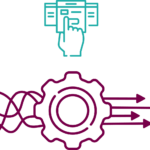
Conclusion
To ensure Compliance is not a hurdle but an opportunity, there should be particular prerequisites and a proper system.
We at Unite-X offer you our best practices and observation based on more than 20 years of experience together with our clients turning Compliance issues of various complexity into opportunities for Operational Safety Excellence.
We believe that only well-developed systems of internal interactions allow getting to the core of the “Why” and creating a collective agreement on the steps needed to achieve Compliance.





